About 6 months ago, I decided to divide the Film History page here at Movie Parliament into three sections: Classic Films, Cult Movies and Foreign Masterpieces.
Consequentially, I now find myself having to categorise each film I review for the History Page. Sometimes this is more difficult than at other times: “Big Trouble in Little China” is obviously a cult favourite, it isn't foreign (bar the occasional Chinese outcry) and it most definitely isn't a Classic film. My thought process behind categorising “Sunrise” was increasingly more complex.
The film was directed by the German filmmaker F.W. Murnau, who had come to fame in pre-Nazi Germany by making such silent-era classics as “Faust”, “The Last Laugh” and “Nosferatu”. Murnau, along with many other German filmmakers, moved to America. There, he continued to make films in his trademark visual style. A distinct follower of the German Expressionist movement , a visual sense born out of directing for the stage, his sets were framed in shadows, the plots were unusually dark and depressing. It was because of the immigration push from German directors into America, that Film Noir ultimately came to be.
Murnau directed “Sunrise” as if he were directing a German Expressionist film on a Hollywood budget. And yet, there is something very American to the film. After the first act of the film, in which a rural farmer is seduced by a woman from the city, which in turn results in him attempting to kill his wife, the film's story takes a sudden turn. We merely follow the married couple as they walk through the city. They rediscover their love for each other, as she learns to forgive him. All of this comes as a surprise, a pleasant turn of events, made all the more effective by the dark set-up in the first act.
George O'Brien (playing “The Man”) and Janet Gaynor (“The Wife”) make for one of the most effecting on-screen romances in all of film history. Their journey through the big, bad city works not only as a social commentary, but also as a simple delight. Murnau manages to break away from his gloomy oeuvre and reinvents his approach for Hollywood cinema, changing the landscape of film in the process. His pioneering work with miniatures and image overlays stands out in particular. He might not have known at the time, but his work on “Sunrise” was influential to many future Hollywood directors, key amongst these is Billy Wilder. Sadly, Murnau died a few years later, victim of an unfortunate car crash, but his legacy certainly lives on.
Consequentially, I now find myself having to categorise each film I review for the History Page. Sometimes this is more difficult than at other times: “Big Trouble in Little China” is obviously a cult favourite, it isn't foreign (bar the occasional Chinese outcry) and it most definitely isn't a Classic film. My thought process behind categorising “Sunrise” was increasingly more complex.
The film was directed by the German filmmaker F.W. Murnau, who had come to fame in pre-Nazi Germany by making such silent-era classics as “Faust”, “The Last Laugh” and “Nosferatu”. Murnau, along with many other German filmmakers, moved to America. There, he continued to make films in his trademark visual style. A distinct follower of the German Expressionist movement , a visual sense born out of directing for the stage, his sets were framed in shadows, the plots were unusually dark and depressing. It was because of the immigration push from German directors into America, that Film Noir ultimately came to be.
Murnau directed “Sunrise” as if he were directing a German Expressionist film on a Hollywood budget. And yet, there is something very American to the film. After the first act of the film, in which a rural farmer is seduced by a woman from the city, which in turn results in him attempting to kill his wife, the film's story takes a sudden turn. We merely follow the married couple as they walk through the city. They rediscover their love for each other, as she learns to forgive him. All of this comes as a surprise, a pleasant turn of events, made all the more effective by the dark set-up in the first act.
George O'Brien (playing “The Man”) and Janet Gaynor (“The Wife”) make for one of the most effecting on-screen romances in all of film history. Their journey through the big, bad city works not only as a social commentary, but also as a simple delight. Murnau manages to break away from his gloomy oeuvre and reinvents his approach for Hollywood cinema, changing the landscape of film in the process. His pioneering work with miniatures and image overlays stands out in particular. He might not have known at the time, but his work on “Sunrise” was influential to many future Hollywood directors, key amongst these is Billy Wilder. Sadly, Murnau died a few years later, victim of an unfortunate car crash, but his legacy certainly lives on.
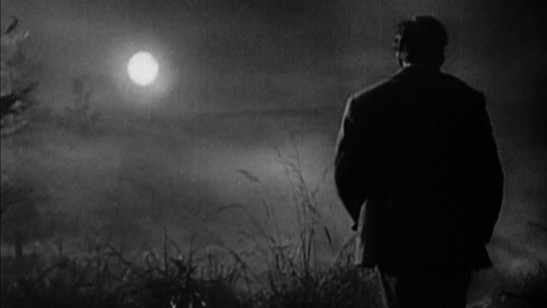
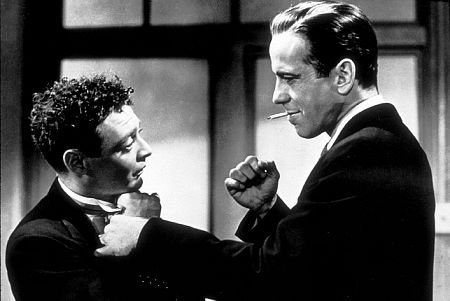
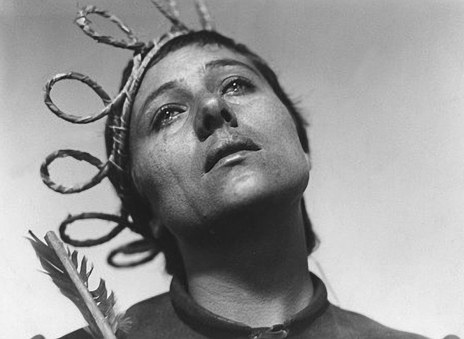
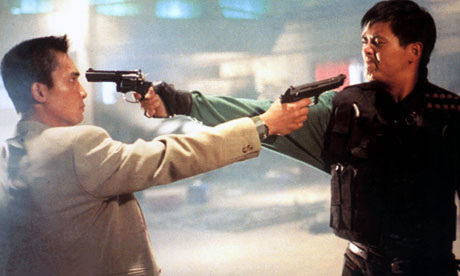



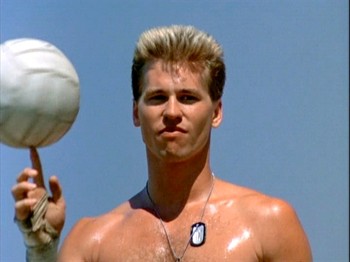
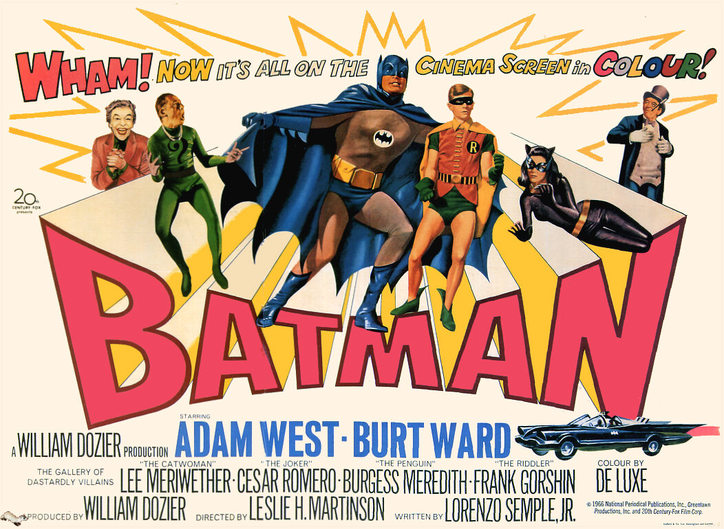
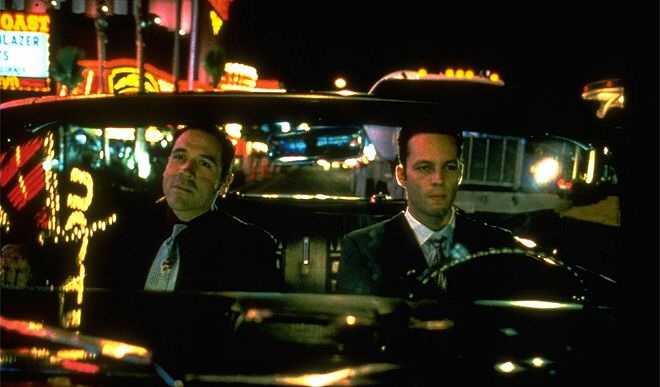
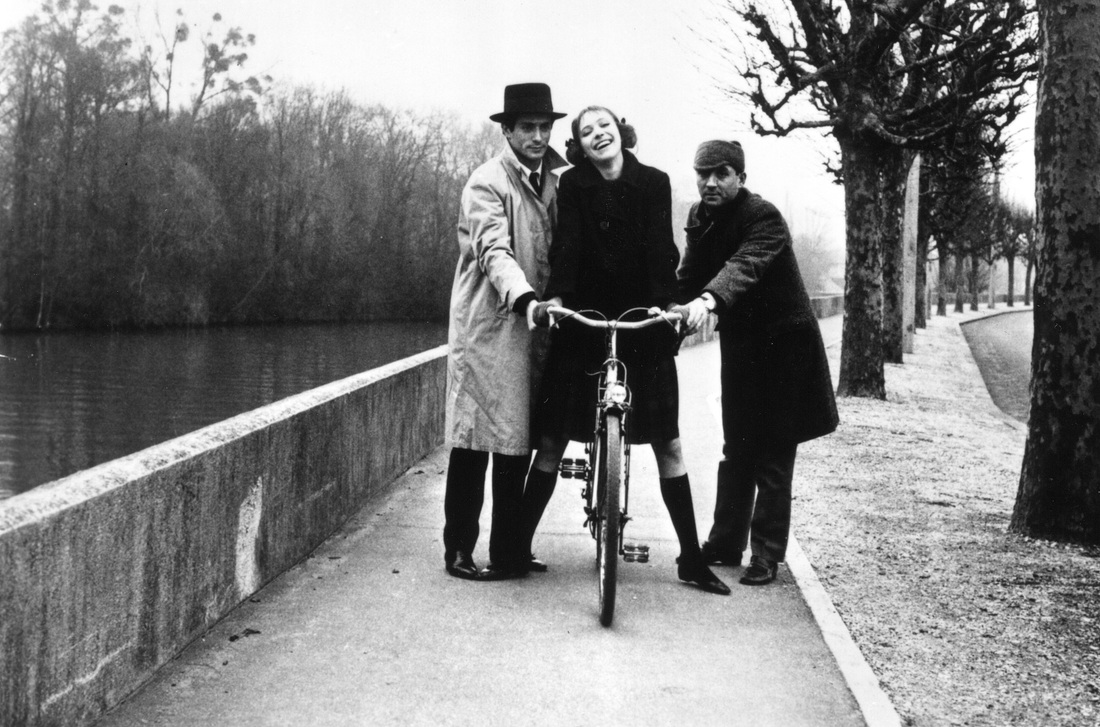

 RSS Feed
RSS Feed
